Introduction: Understanding Bleeding and Swollen Gums
Bleeding and swollen gums are common signs of gum problems. While occasional gum bleeding may seem trivial, it often indicates an underlying issue that needs attention. If you notice your gums bleeding when you brush or floss, or if they appear red, swollen, or tender, it’s important to take immediate action to prevent more serious dental problems down the road.
In this article, we will explore the most common causes of bleeding and swollen gums, the potential risks associated with untreated gum issues, and effective treatments to restore your oral health.
1. Common Causes of Bleeding and Swollen Gums
1.1 Gingivitis: The First Stage of Gum Disease
What It Is: Gingivitis is the earliest and most common form of gum disease, often caused by a buildup of plaque—a sticky film of bacteria that forms on your teeth. If plaque is not removed through regular brushing and flossing, it can irritate the gums, leading to inflammation, bleeding, and swelling.
Why It Causes Bleeding: In gingivitis, the inflammation weakens the gum tissue, making it more prone to bleeding when brushing or flossing.
Symptoms:
- Red, swollen gums
- Gums that bleed easily when brushing or flossing
- Bad breath
- Mild discomfort around the gumline
1.2 Periodontitis: Advanced Gum Disease
What It Is: If gingivitis is left untreated, it can progress into periodontitis. Periodontitis is a more severe form of gum disease that affects the deeper structures of the gums and the bone that supports your teeth.
Why It Causes Bleeding and Swelling: Periodontitis causes the gums to recede, exposing the deeper layers of the teeth and weakening the bone structure. This can lead to persistent bleeding, swelling, and painful gums.
Symptoms:
- Gums that bleed continuously, even without brushing or flossing
- Deep pockets between the teeth and gums
- Loose teeth
- Receding gums and bad breath
1.3 Poor Oral Hygiene Habits
What It Is: Not brushing and flossing your teeth regularly is a major cause of plaque buildup. When plaque is not removed, it hardens into tartar, which can irritate the gums and lead to bleeding and swelling.
Why It Causes Bleeding: Plaque and tartar irritate the gums, causing them to inflame, bleed, and become sensitive.
Symptoms:
- Bleeding when brushing or flossing
- Red or purple gums
- Swollen gums, especially around the teeth and along the gum line
1.4 Pregnancy-Related Gum Disease (Pregnancy Gingivitis)
What It Is: Pregnancy can cause hormonal changes that make your gums more sensitive and prone to inflammation. This condition, known as pregnancy gingivitis, typically occurs during the second trimester.
Why It Causes Bleeding: Increased blood flow and hormonal fluctuations during pregnancy can lead to swollen, bleeding gums, particularly around the second to third month of pregnancy.
Symptoms:
- Swollen, red gums
- Bleeding gums, especially when brushing
- Bad breath
- Increased gum sensitivity
1.5 Vitamin Deficiencies
What It Is: A deficiency in certain vitamins, especially vitamin C (scurvy) or vitamin K, can lead to weakened gum tissues and bleeding. These vitamins are essential for gum health and collagen production.
Why It Causes Bleeding: Vitamin C is crucial for collagen formation, which keeps the gum tissues strong. A lack of this vitamin can cause gums to become weak, prone to infection, and bleed easily.
Symptoms:
- Bleeding gums, especially when brushing
- Swollen or inflamed gums
- Dry or cracked skin around the mouth
1.6 Medications and Medical Conditions
What It Is: Certain medications, such as blood thinners (e.g., warfarin or aspirin), can increase the risk of gum bleeding. Additionally, conditions like diabetes or blood disorders (e.g., leukemia or hemophilia) may exacerbate gum problems.
Why It Causes Bleeding: Blood thinners make it difficult for blood to clot, which can lead to excessive bleeding from the gums. Medical conditions like diabetes can impair the body’s ability to fight infections, leading to more severe gum issues.
Symptoms:
- Persistent bleeding from the gums, especially after brushing
- Swollen or inflamed gums
- Pain or tenderness in the gums
2. How to Treat Bleeding and Swollen Gums
2.1 Professional Dental Cleanings
Why It’s Important: The most effective treatment for bleeding and swollen gums is to remove the plaque and tartar buildup that is irritating your gums. Professional dental cleanings, performed by a hygienist or dentist, are essential for removing plaque and tartar from areas that regular brushing and flossing can’t reach.
What to Expect:
- Scaling: The dentist or hygienist will use special tools to remove tartar and plaque from your teeth and gums.
- Polishing: After scaling, your teeth will be polished to remove any remaining plaque and to make them smoother, reducing the chance of further buildup.
- Follow-up visits: You may need additional cleanings or periodontal treatments if you have advanced gum disease.
2.2 Improve Your Oral Hygiene Routine
Why It’s Important: Proper oral hygiene is crucial in preventing further gum problems. By brushing and flossing correctly, you can remove plaque before it hardens into tartar and causes inflammation or infection.
Steps to Improve Your Routine:
- Brush twice a day: Use a soft-bristled toothbrush and fluoride toothpaste to brush for two minutes, ensuring you reach all areas of your teeth and gums.
- Floss daily: Flossing removes plaque between your teeth and under the gumline. Be gentle and use a flossing technique that avoids damaging your gums.
- Use an antimicrobial mouthwash: Mouthwash helps kill bacteria and reduce plaque buildup, providing extra protection for your gums.

2.3 Treating Gum Disease with Antibiotics or Antiseptic Gel
Why It’s Important: If your gums are infected, your dentist may prescribe antibiotics or antiseptic treatments to help control the infection. These treatments can reduce the bacteria in your mouth, giving your gums time to heal.
What to Expect:
- Antibiotic therapy: Your dentist may prescribe oral antibiotics or apply antibiotic gel directly to the gums.
- Antiseptic rinses: These can help reduce bacteria in the mouth and promote healing of the gum tissues.
2.4 Proper Nutrition for Healthy Gums
Why It’s Important: A healthy diet plays a significant role in preventing gum disease and promoting healing. Foods rich in vitamins and minerals, particularly vitamin C, vitamin D, and calcium, help maintain strong, healthy gums.
Foods to Include:
- Vitamin C-rich foods: Citrus fruits, strawberries, kiwi, and bell peppers help strengthen the immune system and support gum tissue health.
- Calcium-rich foods: Dairy products, leafy greens, and fortified plant-based milks help maintain healthy bones and teeth.
- Vitamin D: Foods like fatty fish, egg yolks, and fortified dairy products help your body absorb calcium and maintain gum health.
2.5 Quitting Smoking
Why It’s Important: Smoking is a major risk factor for gum disease. It weakens your immune system, making it harder for your gums to heal. Smoking also reduces blood flow to the gums, which impairs their ability to fight infection.
How to Quit:
- Seek support: Talk to your doctor about quitting programs or medications that can help.
- Gradual reduction: Reduce smoking gradually if quitting all at once feels overwhelming.
- Stay active: Exercise can reduce cravings and improve your overall health.
3. When to See a Dentist
While mild gum bleeding and swelling can often be managed at home with proper care, it’s important to seek professional dental help if you experience:
- Persistent bleeding: If your gums bleed even when you’re not brushing or flossing, it could be a sign of a more serious condition.
- Severe pain or swelling: Intense pain, especially if accompanied by a fever, may indicate an infection that requires professional treatment.
- Receding gums: If your gums are pulling away from your teeth, it’s essential to seek professional care to prevent further gum damage.
Conclusion: Restoring Healthy Gums Through Treatment
Bleeding and swollen gums are common signs of gum disease or other oral health issues. However, with proper care and attention, you can restore your gums to health. Maintaining a good oral hygiene routine, receiving professional dental cleanings, and addressing underlying issues such as poor diet or smoking are essential steps in reversing gum problems.
If left untreated, gum disease can lead to more severe health complications, so it’s important to act early and seek professional help when needed. By following these guidelines, you can protect your gums, reduce bleeding and swelling, and ensure your smile remains healthy for years to come.

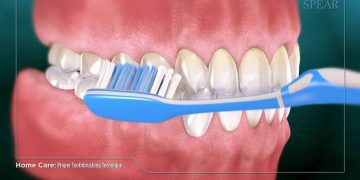
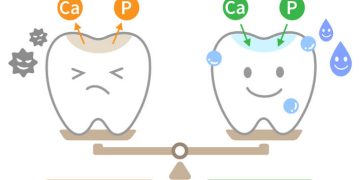
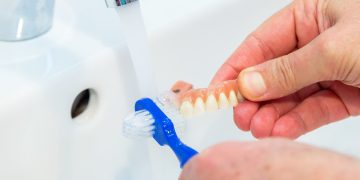



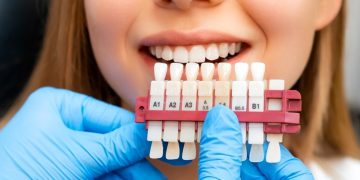
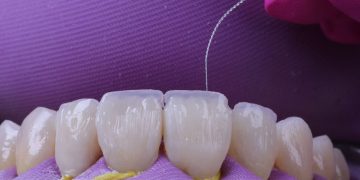
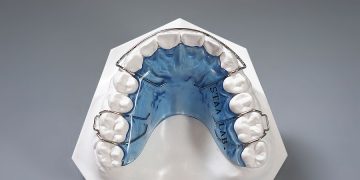

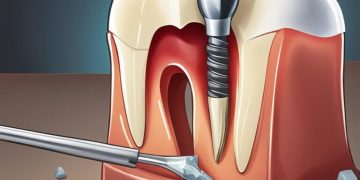



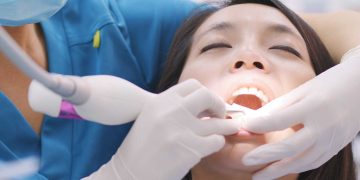

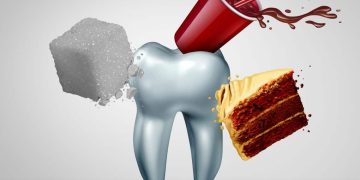







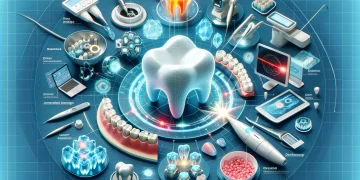


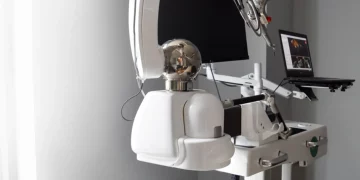

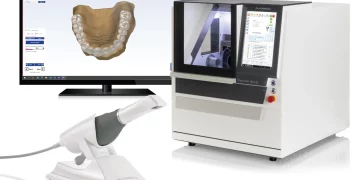














Discussion about this post